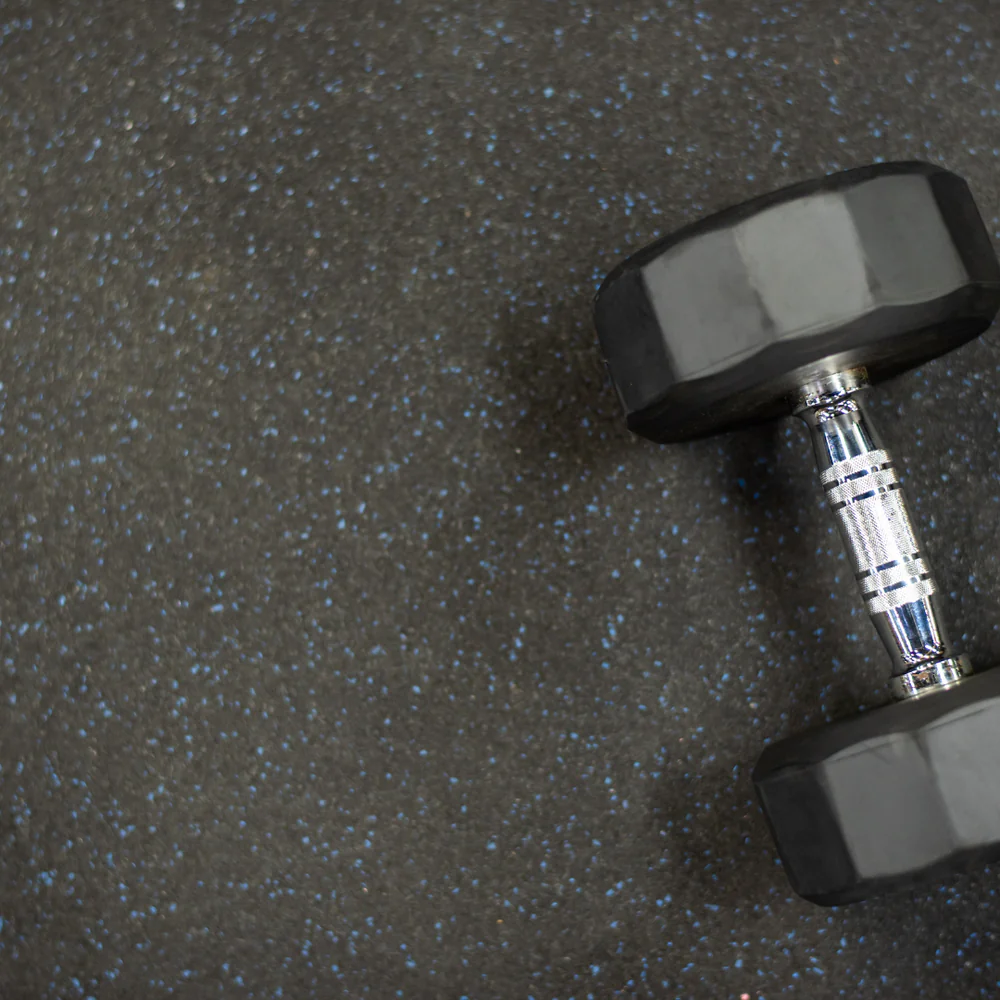Exploring Different Types of Gym Flooring Tiles: Which One is Right for You?
When it comes to setting up a gym—whether it's a home workout space or a commercial facility—the type of flooring you choose plays a crucial role in both performance and safety. Gym flooring tiles come in various materials, each with its own benefits and drawbacks. This guide will help you explore the different types of gym flooring tiles and determine which one is right for your needs.

1. Rubber Tiles
Overview
Rubber flooring is a popular choice for gyms due to its durability and shock-absorbing properties. Rubber tiles are typically available in interlocking designs, making installation straightforward.
Benefits
- Durability: Rubber can withstand heavy weights and high-impact activities, making it ideal for weightlifting areas and cardio zones.
- Shock Absorption: This type of flooring helps reduce the risk of injury by absorbing impacts.
- Easy Maintenance: Rubber is easy to clean and resistant to stains and odors.
- Variety of Colors and Textures: Available in various styles, rubber tiles can match your gym’s aesthetic.
Drawbacks
- Cost: High-quality rubber tiles can be expensive.
- Odor: New rubber flooring may emit a strong smell that dissipates over time but can be off-putting initially.
2. Foam Tiles
Overview
Foam tiles are lightweight and typically used in areas for low-impact activities, such as yoga or martial arts. They are soft and provide excellent cushioning.
Benefits
- Comfort: The softness of foam provides excellent cushioning, making it ideal for floor exercises and stretching.
- Cost-Effective: Foam tiles are generally less expensive than rubber and other materials.
- Easy Installation: These tiles are often lightweight and interlocking, allowing for quick setup.
Drawbacks
- Durability: Foam is less durable than rubber and can wear out quickly in high-traffic areas or under heavy equipment.
- Water Absorption: Foam tiles can absorb water and sweat, making them less suitable for areas that require frequent cleaning or those exposed to moisture.
3. Vinyl Tiles
Overview
Vinyl flooring is a versatile option that combines aesthetics with functionality. These tiles can mimic the look of other materials, such as wood or stone, while offering a durable surface.
Benefits
- Aesthetic Appeal: Vinyl tiles come in a variety of designs and can enhance the visual appeal of your gym.
- Water Resistance: Unlike foam, vinyl is water-resistant, making it easy to clean and maintain.
- Durability: Vinyl can withstand moderate to heavy foot traffic and is resistant to scratches.
Drawbacks
- Less Cushioning: While vinyl is durable, it doesn’t provide as much shock absorption as rubber or foam.
- Installation Complexity: Some vinyl options require glue or adhesive for installation, which can complicate setup.
4. Carpet Tiles
Overview
Carpet tiles are often overlooked in gym flooring choices but can be an excellent option for specific areas like stretching zones or multi-purpose rooms.
Benefits
- Comfort: The softness of carpet tiles provides comfort for floor exercises.
- Sound Absorption: Carpet is excellent for reducing noise, making it suitable for multi-use spaces.
- Versatility: Available in various styles, colors, and patterns, carpet tiles can enhance the overall look of your gym.
Drawbacks
- Maintenance: Carpet can be harder to clean, especially if it absorbs sweat or spills.
- Durability: In high-traffic areas or under heavy equipment, carpet tiles may wear out more quickly than other flooring options.
5. Cork Tiles
Overview
Cork is an eco-friendly flooring option that provides a unique blend of cushioning and stability. Its natural properties make it an attractive choice for those looking for sustainable materials.
Benefits
- Sustainability: Cork is a renewable resource and biodegradable.
- Natural Shock Absorption: Cork provides excellent cushioning, making it suitable for a variety of activities.
- Antimicrobial Properties: Cork is resistant to mold and mildew, which is beneficial in a gym environment.
Drawbacks
- Cost: Cork can be more expensive than traditional options like rubber or foam.
- Sensitivity to Water: Cork can warp if exposed to excessive moisture, making it less ideal for humid environments.
Choosing the Right Flooring for Your Gym
When selecting gym flooring tiles, consider the following factors:
1. Purpose of the Space
- Identify the primary activities that will take place. For high-impact workouts, rubber or cork may be best, while foam or carpet tiles could suit low-impact classes.
2. Budget
- Determine how much you’re willing to spend. While high-quality materials may have a higher upfront cost, they often prove more economical over time due to their durability.
3. Maintenance
- Consider how much time you can dedicate to cleaning and upkeep. Some materials require more maintenance than others.
4. Aesthetic Preferences
- Think about the look and feel you want to create in your gym. Different materials can significantly impact the ambiance.
Conclusion
Choosing the best gym flooring tiles involves understanding the specific needs of your space and balancing performance, comfort, and aesthetics. Each type of flooring has its own unique advantages and limitations, so take your time to assess which will best support your fitness goals. Whether you opt for the durability of rubber, the comfort of foam, or the sustainability of cork, the right flooring will enhance your workout experience and ensure a safe environment.



Comments
Post a Comment